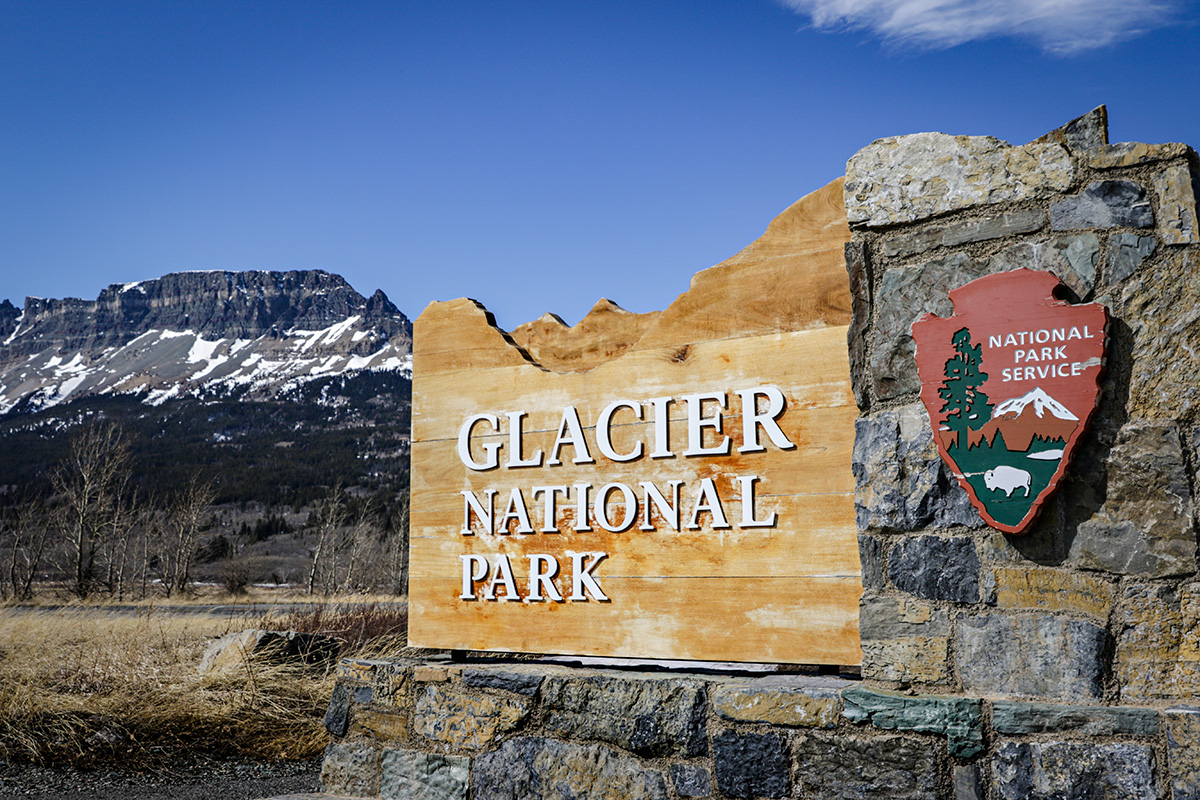Glacier Park Names Acting Superintendent
Kate Hammond, deputy regional director for National Park Service’s intermountain region, will assume interim duties following Superintendent Jeff Mow’s retirement
By Tristan Scott
Glacier National Park has named a temporary successor to replace outgoing Superintendent Jeff Mow, who recently announced his retirement from the park’s top administrative position, which he’s held since 2013.
Kate Hammond, who since 2016 has served as the National Park Service’s deputy regional director of the intermountain region, supervising park units in Montana, Wyoming, Colorado, Utah, and New Mexico, and who formerly worked as superintendent at Little Bighorn Battlefield Center in Montana and at Valley Forge National Historical Park near Philadelphia, Pennsylvania, will assume the interim position after the new year, when Mow’s retirement takes effect.
Although Mow will retire as chief of Glacier Park, he spent the summer on a temporary detail overseeing the National Park Service’s Alaska region, an administrative maneuvering that came just as the agency’s Crown Jewel debuted its controversial new ticketed entry system.
Deputy Glacier Park Superintendent Pete Webster led the popular park through the summer’s uncharted waters in Mow’s stead, and will turn over the reins to Hammond until a permanent replacement is hired before the park’s busy summer season commences.
Gina Kerzman, public information officer for Glacier National Park, said temporary details are a common occurrence in the federal agency, and typically last 120 days. She said numerous positions in the National Park Service’s leadership ranks have remained vacant for years, but there’s a limit to the amount of time someone can serve in an interim basis.
In her new role, Hammond will work closely with Webster and other administrators on Glacier’s leadership team, Kerzman said.
Although the details won’t be released until later this week, Glacier’s ticketed entry system will be employed again during the summer of 2022. Kerzman said it will certainly include the Going-to-the-Sun Road corridor and may include other entrance stations, which experienced overflow usage last summer as reservation-less guests were turned away at the entrances to the popular alpine highway.
The unmatched summer strain on popular parks like Glacier and Yellowstone received prominent attention this year as members of a U.S. Senate subcommittee began the process of crafting long-term congressional solutions to a problem that’s been brewing for years.
“There are no obvious answers to some of these challenges, and there is no one single solution that will fit all the situations in our parks,” U.S. Sen. Angus King, D-Maine, explained in his opening comments on July 28, when he opened the hearing to address visitor-use management and overcrowding in national parks. “I know there is a path forward that we can build by collaboration and input from the local level, and it’s my hope that our conversation today is a step in that direction.”
In Glacier, Hammond will help forge that path on an interim basis, but the park’s loss of significant institutional knowledge due to Mow’s retirement, as well as the departures of other longterm employees, is irreplaceable, Kerzman said.
“We’re losing a lot of experience,” she said, “but we feel very good about the relationships we’ve established with our stakeholders going forward.”